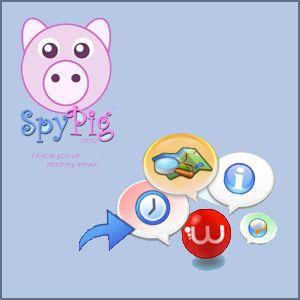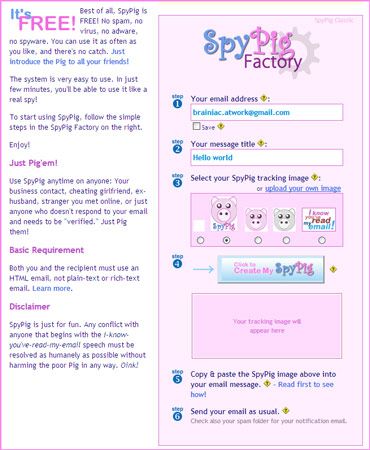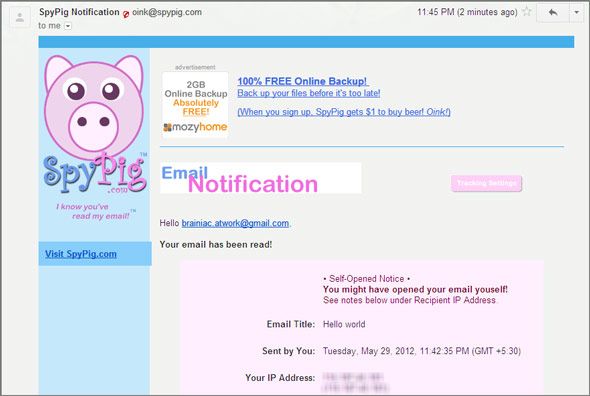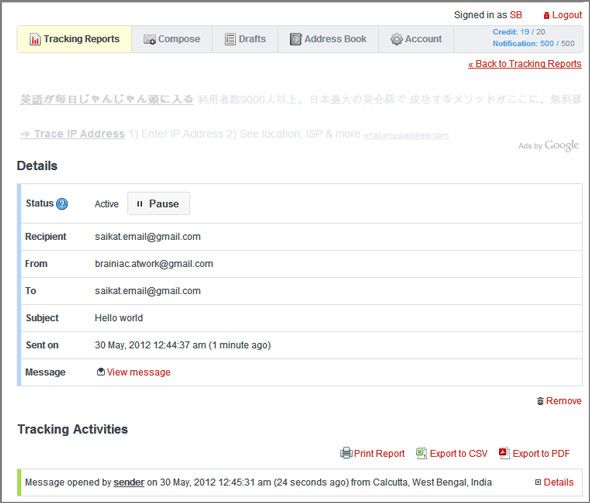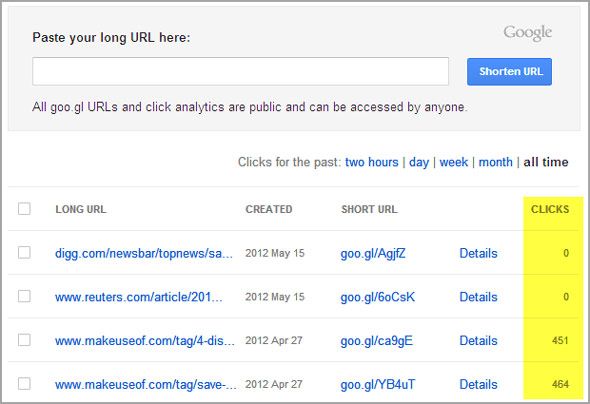Read receipts are the most common way of tracking whether the intended recipient of your email has opened (and hopefully read) your email or not. It is a notification that is sent out by the email client as a confirmation. Gmail does not have read receipts. Or at least personal Gmail accounts do not have read receipts. Read receipts are available only for Google Apps for Business, Education, and Government customers.
Though read receipts are important in the professional world – it’s good to have proof that the email was received and read – it’s useful for the same reason for home users too. You might send a vital email to a friend alerting him to a change of plans. A read receipt at least lets you know if your friend has read it, or do you need to call him in time.
You can make use of a few workarounds to bring in some sort of tracking method for online services like Gmail and Yahoo Mail. They aren’t perfect but here are three:
Use an Email Tracking Web Application
The first workaround involves using a tracking image and embedding it in your outgoing email. Tracking images are hosted image files which can capture mouse-clicks and filter them through backend analytics. You can commonly find them on webpages to monitor page hits and pay-per-clicks, email marketing campaigns, and even spam mails. Tracking is quite ubiquitous on the web and like all things there are pros and cons on it, but right now that’s beyond the scope of this article.
[NO LONGER WORKS] SpyPig is a free email tracking service which uses an embedded tracking image and sends you a notification by email when the recipient opens your message. It is non-intrusive as you just have to give your email address to the app. The process has five steps – you enter your email ID and the message title. Choose from the five images available to create the tracking image. Next, you have to copy & paste the SpyPig image into your email message and send out the email.
When the recipient opens the email, the tracking is activated because of the underlying JavaScript code and a notification is sent to the sender’s email ID.
The conditions which will allow SpyPig to track if the recipient has opened the email are – the recipient’s email should be set to HTML/JavaScript and images should be allowed to download. Some email clients (even Gmail) ask for permission.
WhoReadMe is another email tracking web app. It takes a similar approach of embedding a transparent tracking image with a unique ID inside your email. You have to register with the site for free. Then, you can directly send the email from your own email client by adding suffix ".whoreadme.com" to your recipient email address. E.g: johnsmith@gmail.com.whoreadme.com. The tracking image is loaded from the web apps server and a notification email is sent to the sender. The app also has its own compose window, but I don't think you will be using that too often.
WhoReadMe also tells you when attachments are downloaded. Other extras include information on recipient location, browser and OS information; the duration recipient takes to read your email and more. WhoReadMe allows you to send 20 emails per day and receive maximum 50 notifications (via email, Twitter, or Boxcar) every day.
I couldn’t ascertain for the fact the security of the email that is being sent. Though the app has a privacy policy, I would still lean towards caution and request you to look into this further.
Use a Link Shortening Application
The basic use of link shorteners is just to shorten a long URL when we are sharing it over social media. But link shorteners create trackable links and are supported by analytics which can be as simple as the number of clicks on that link. See the screen below for a snapshot from Google’s link shortening service:
The imperfect workaround to track emails using a short URL involves using short URLs instead of long ones in your email. URL tracking is exploited to the hilt by email campaigns to monitor which links are getting clicked. You can use them for the same purpose in your personal emails though there are no guarantees that the recipient will click the short link. Alternatively, you can include a short message and request the person to click the link as a confirmation of having read the email.
Of the three solutions, I would lean towards a mix of SpyPig and link shorteners in my email. I personally think its bad email etiquette to request a read receipt for every mail. It should be used sparingly for only the important ones.
Do you think that email tracking is important for personal mails too? Do you use it often in MS Outlook or in your business mails? Tell us your opinion and if you know of any other trick for tracking emails.

